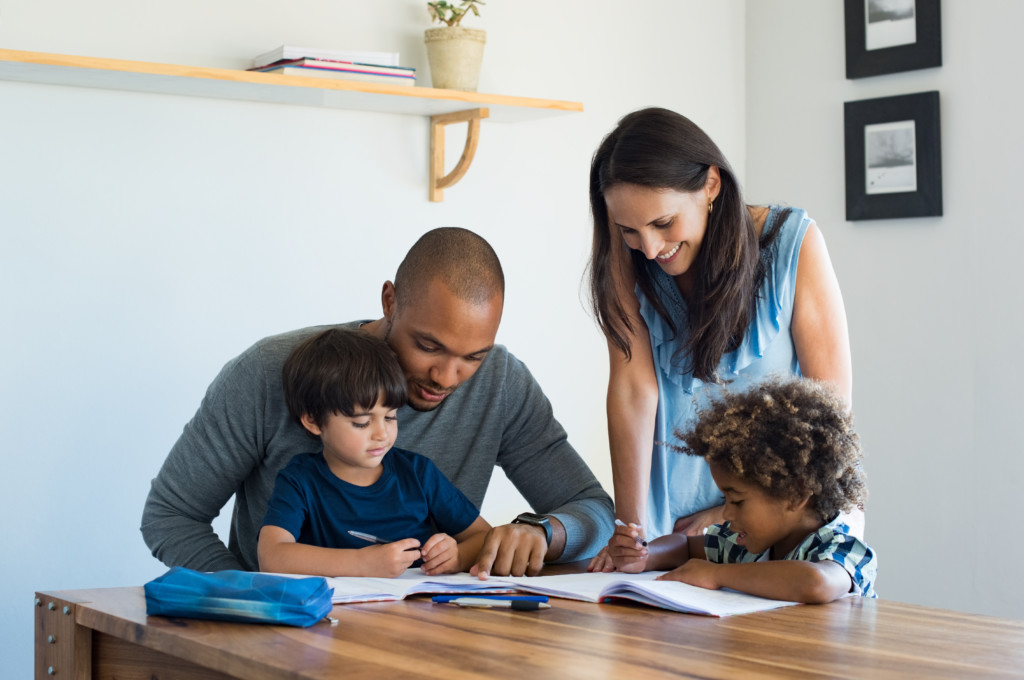 Editor’s note: These survey results, with analysis from David M. Houston, Paul E. Peterson and Martin R. West, appear in the Summer 2022 issue of Education Next.
Editor’s note: These survey results, with analysis from David M. Houston, Paul E. Peterson and Martin R. West, appear in the Summer 2022 issue of Education Next.
The Covid-19 pandemic prompted the largest disruption to American education in living memory.
At the onset of the crisis in spring 2020, nearly every K–12 school, public and private, closed its doors. At the start of the next school year (see “Pandemic Parent Survey Finds Perverse Pattern,” features, Spring 2021), the decision to reopen for in-person instruction or to continue operating remotely varied widely among regions of the country, across school sectors—traditional district, charter, and private—and even from school to school in a given community.
By the end of the 2020–21 academic year, most K–12 students were back in their classrooms (see “Parent Poll Reveals Support for Covid Safety Measures,” features, Winter 2022), but the emergence of new variants of the virus and strict quarantine rules continued to disrupt the day-to-day business of teaching and learning well into the 2021–22 school year.
Many observers and pundits opined that the great disruption could usher in an era of sweeping changes to the American education system. Would families flee the public sector in droves? Would homeschooling emerge as a viable option for many more children? Or would the crisis prompt greater investments in public education, increasing spending and expanding the publicly funded K–12 infrastructure downward in age to pre-kindergarten and upward to community college?
The pandemic also revealed that the partisan differences that define much of contemporary American politics run even deeper than many imagined, as opinions on Covid-related public-health measures—school closures, vaccines, face masks, and more—became inextricably tied to one’s political identity.
Would the politics of education in the United States, with its long history of fractious but not necessarily partisan disagreements, be swept into the broader current of perpetual conflict between Democrats and Republicans? Did the last few years mark a great pivot point, signaling the emergence of two distinct, and distinctly partisan, views of how best to serve students?
The results of the 16th annual Education Next survey, conducted in May 2022 with a nationally representative sample of 1,784 American adults (see the methodology sidebar for more details), complicate many of these grand prognostications. While last year’s survey revealed sharp changes in support for a variety of education reforms (see “Hunger for Stability Quells Appetite for Change,” features, Winter 2022), public opinion on most issues has since rebounded to pre-pandemic levels.
There are, however, some important exceptions to this pattern. Americans’ perceptions of local school quality have declined since 2019, and support for homeschooling has risen over the course of the pandemic. Public enthusiasm for universal pre-K has increased dramatically, and support for higher teacher salaries is at its highest level in the survey’s history.
The Education Next survey also tells a more complex and nuanced story about the shifting relationship between political partisanship and public opinion on education issues.
To continue reading, click here.


